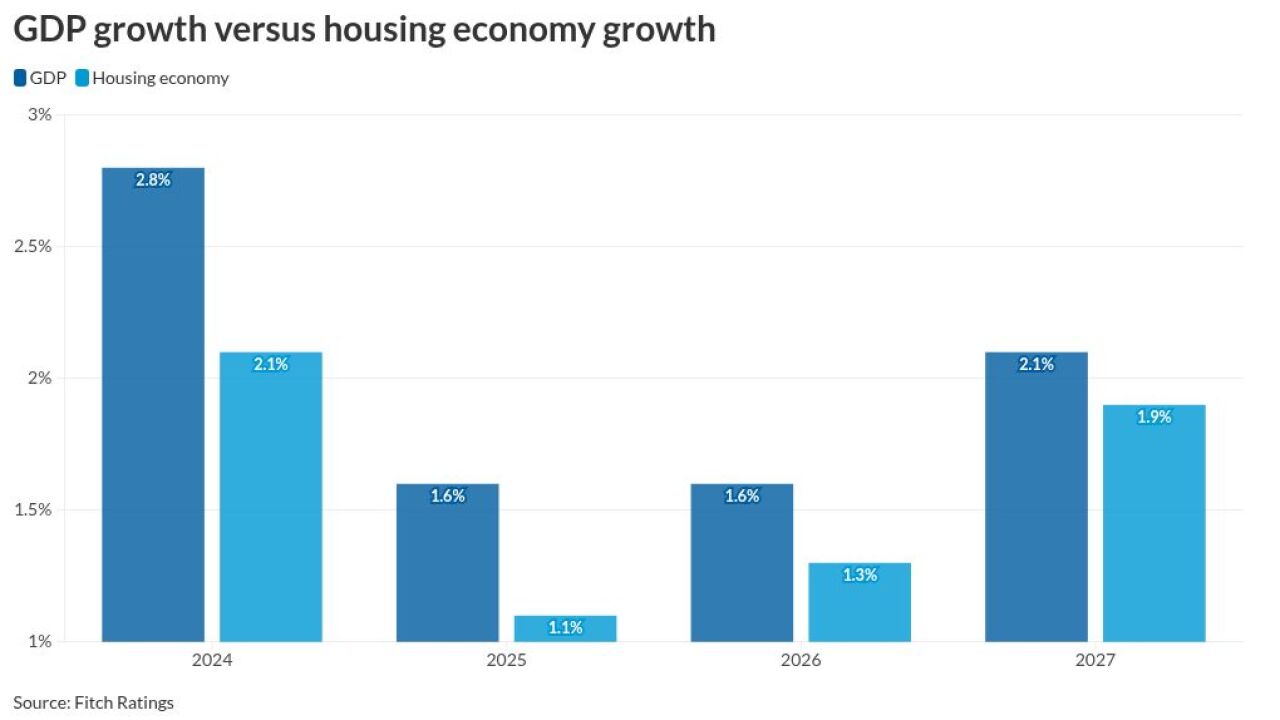LendingClub’s
Executives at LendingClub have said they are bracing for a 12- to 15-month review process.
The time frame could hinge on how thorough regulators will be with their evaluation and any conditions they set for the San Francisco lender before signing off on a $185 million acquisition that will provide LendingClub with a bank charter.
“This will not just sail through,” said Jon Winick, CEO of Clark Street Capital. “It will be heavily scrutinized.”
“This is, essentially, a guinea pig,” said Jacob Thompson, a managing director of investment banking at SAMCO Capital Markets. “This will be a test case of sorts for the regulators and likely there will be special obstacles to get over.”

LendingClub expects an “intensive approval process” that executives are approaching “with a collaborative spirit and cautious optimism,” CEO Scott Sanborn told analysts during a recent conference call.
The Federal Reserve and the Office of the Comptroller of the Currency will likely be the most involved — and most vocal — regulators reviewing the transaction, industry experts said. Representatives for the agencies said they typically do not comment on pending transactions.
Industry observers outlined three important hurdles that the $3 billion-asset LendingClub and the $1.4 billion-asset Radius will need to cross before the deal is approved. Banking, after all, is one of the most regulated industries in the United States.
Here is a look at those hurdles.
Identify compliance shortcomings
LendingClub will need to show regulators that Radius is doing a good job complying with laws such as the Community Reinvestment Act.
Regulators have historically ramped up CRA reviews in instances where nonbanks, notably mortgage lenders, have applied to buy banks, Thompson said. The goal is to determine if the seller’s operations will be sufficient for a bigger company.
In some instances, regulators have required commitments from aspiring buyers to make more investments in CRA-related staff, systems and infrastructure to ensure long-term compliance.
Community groups will likely want a say in the matter as well.
This type of scrutiny could extend to a range of other area such as fair lending and debt collection practices.
Regulators “will be hyperdiligent,” Thompson said.
Risk management review
Regulators will want to assess compliance staffing, and outside partnerships, at LendingClub and Radius to determine if the companies have ample expertise to manage potential risks.
Such a review would likely cover sensitive areas like credit, vendor management, IT and cybersecurity, among other things.
LendingClub “will be held to a whole new level of regulatory standards,” Thompson said. “It will be a larger and much more complex company, so the regulatory burden is going to be that much greater.”
Radius has experience explaining fintech partnerships to its regulators. As part of its strategy to become a branchless bank, the Boston company has struck partnerships with a range of fintechs, including Treasury Prime, Mantl, Prosper and Aspiration.
Many of those relationships were designed to accelerate account openings and improve the client experience.
Sanborn said LendingClub has been investing in infrastructure — systems, processes and people — to prepare for a bank charter and the added compliance that will come with it.
Since announcing the Radius deal, LendingClub promoted Tim Bogan, its former chief risk officer, to chief banking integration officer to oversee steps needed to complete the acquisition. It also hired Annie Armstrong, a former KPMG partner and head of global risk at Uber, to succeed Bogan as chief risk officer.
Expect the unexpected
Finally, LendingClub should prepare to address specific issues that regulators identify as they lay the groundwork for future fintech-bank mergers, industry observers said.
Regulators “very likely will take extra time to try to identify any possible issues or questions unique to this kind of a deal because, if it is approved, they know they’re setting the stage for more to come,” Thompson said. “They will want to establish any new rules or expectations now.”
The agencies will consider that LendingClub has struggled to produce profits.
Despite a 13% increase in loan originations last year, the 14-year-old company lost $30.7 million in 2019. It did, however, report a full-year profit after removing acquisition and other one-time expenses, along with positive cash flow.
Steve Allocco, LendingClub’s president, said those achievements will be important accomplishments for regulators to consider as they assess the proposed deal’s safety and soundness.
“The regulators have been consistent about that — about the underlying profitability of the company,” Allocco said in an interview, noting that his company has held extensive conversations with the Fed and OCC.
“It is in many ways a groundbreaking transaction,” Allocco said.
“We will continue to prioritize profit growth over revenue growth in 2020, being thoughtful about risks and pulling back on some growth investment to free up financial resources to fund bank charter transition costs,” Sanborn said during the recent conference call.
LendingClub,
That alone could extend the time regulators need to review LendingClub’s application, Winick said.
Heightened regulatory scrutiny would increases the likelihood of delayed approval, with a chance that the agencies opt to sit on an application, Winick added.
“Approval here is definitely not a sure thing,” Winick said.





